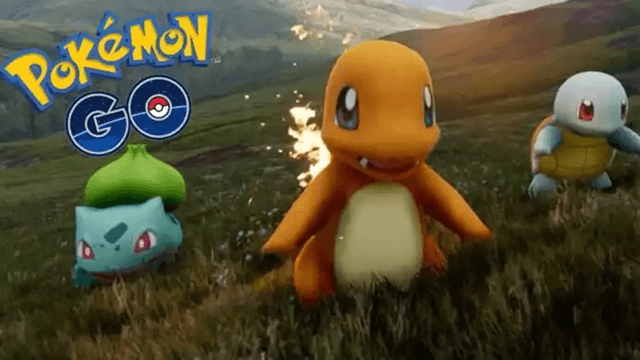
What is Pokémon Go? How does it work?
Pokémon Go is a game-based real-world application. It uses GPS and internet services in order to turn the whole world into a Pokémon virtual reality, with gamers seeing the real world turn into a Pokémon region which they can interact with on the go. Just like in the traditional games, different Pokémon live in different places and the characters are animated right into the user’s real surroundings using your phone’s camera.
The game functionalities are very similar to the classic game-boy Pokémon games, in a sense that gamers will find lots of common Pokémon to catch in their surrounding areas, but to find some rare Pokémons, users will have to venture out and explore. To reach those higher levels, users have to also make sure that they are quick to catch the creatures.
We have seen since the launch that Pokémon Go also took over social media (and many lives too) with strategy conversations, teams and communities being formed and Pokémon and it is clear that this game is a bit more than just a game, as it brings people together.
Why Pokémon Go isn’t inclusive for all gamers
As games are becoming increasingly complex and realistic, it is becoming more important than ever for game developers to create accessibility features so they can be inclusive for those with disabilities. According to a 2008 report one in five casual gamers has a physical, mental or developmental disability, so that’s a large number of gamers.
From looking at the main concepts, aims, and functionalities of the game it is apparent that disabled gamers were not thought of in the development process unfortunately – meaning not everyone is able to fully take part in this new cultural phenomenon. And here’s why:
1. The game relies on gamers being physically able
The game relies on users walking at a fast pace, physically moving over obstacles, holding and moving their phones around at a rapid pace. Pokémon may also be positioned on steps or up hills. This does not take into account those who are in wheelchairs or have a physical disability or impairment which means that the Pokémon within the virtual reality become out of their reach, which causes a major disadvantage.
2. The game relies on gamers not having a vision-impairment
This game relies on visual-cues in order to spot the Pokémon in your surroundings, which creates barriers for those who are blind or have a vision-impairment. Gamers with a certain type of colour-blindness might not be able to spot the Pokémon or partake in virtual battles against opponents either, as the game is very much colour-orientated. Colour-contrast WCAG 2.0 accessibility requirements may not be met.
The Media Access Australia view
“Giving players the choice to customise the game to suit their needs or preferences will greatly assist the player’s ability to enjoy the game and have fun,” says Matthew Putland, a Digital Accessibility Analyst at Media Access Australia.
“Developers can make a positive impact on the gaming experience by giving customisation to the player, which is essential for people with disabilities but useful for all players too,” says Putland. “It’s all about giving the player choice to customise how they want, or need, to play.”
However, it isn’t all doom and gloom in the world of accessible gaming. We have seen recently, major advancements to the accessibility of games such as game developer Naughty Dog’s Uncharted 4 game accessibility update after a request from disabled gamer Josh Straub. We have also recently seen several other developers announcing their focus on accessibility at the E3 gaming conference.
For the sake of inclusion, Nintendo should really step up and follow suit. If other game developers can do it, there is no reason for Nintendo to not make their games accessible for all.
Top of page

